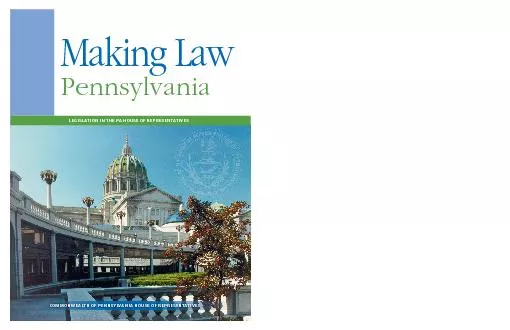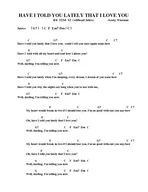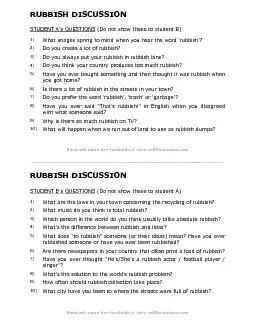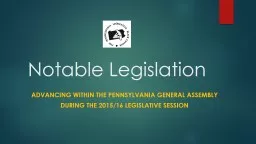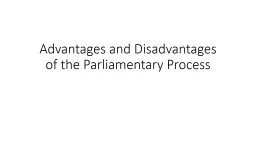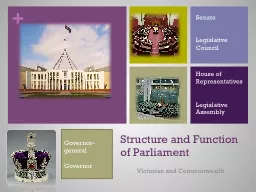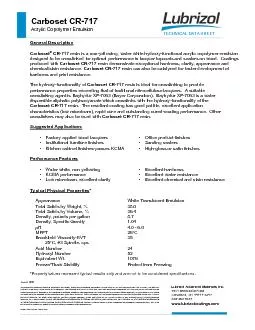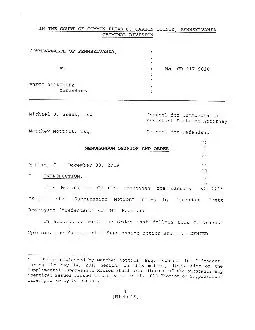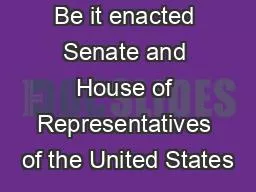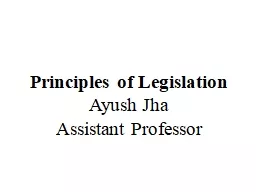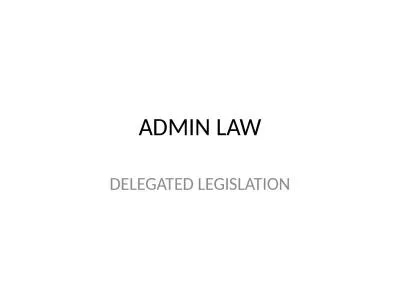PDF-LEGISLATION IN THE PA HOUSE OF REPRESENTATIVES COMMONWEALTH OF PENNSYLVANIA HOUSE OF
Author : marina-yarberry | Published Date : 2014-10-19
Making law in Pennsylvania is a meticulous process and for good reason State laws in57347uence our environment economy education our families our health and virtually
Presentation Embed Code
Download Presentation
Download Presentation The PPT/PDF document " LEGISLATION IN THE PA HOUSE OF REPRESE..." is the property of its rightful owner. Permission is granted to download and print the materials on this website for personal, non-commercial use only, and to display it on your personal computer provided you do not modify the materials and that you retain all copyright notices contained in the materials. By downloading content from our website, you accept the terms of this agreement.
LEGISLATION IN THE PA HOUSE OF REPRESENTATIVES COMMONWEALTH OF PENNSYLVANIA HOUSE OF: Transcript
Download Rules Of Document
" LEGISLATION IN THE PA HOUSE OF REPRESENTATIVES COMMONWEALTH OF PENNSYLVANIA HOUSE OF"The content belongs to its owner. You may download and print it for personal use, without modification, and keep all copyright notices. By downloading, you agree to these terms.
Related Documents

